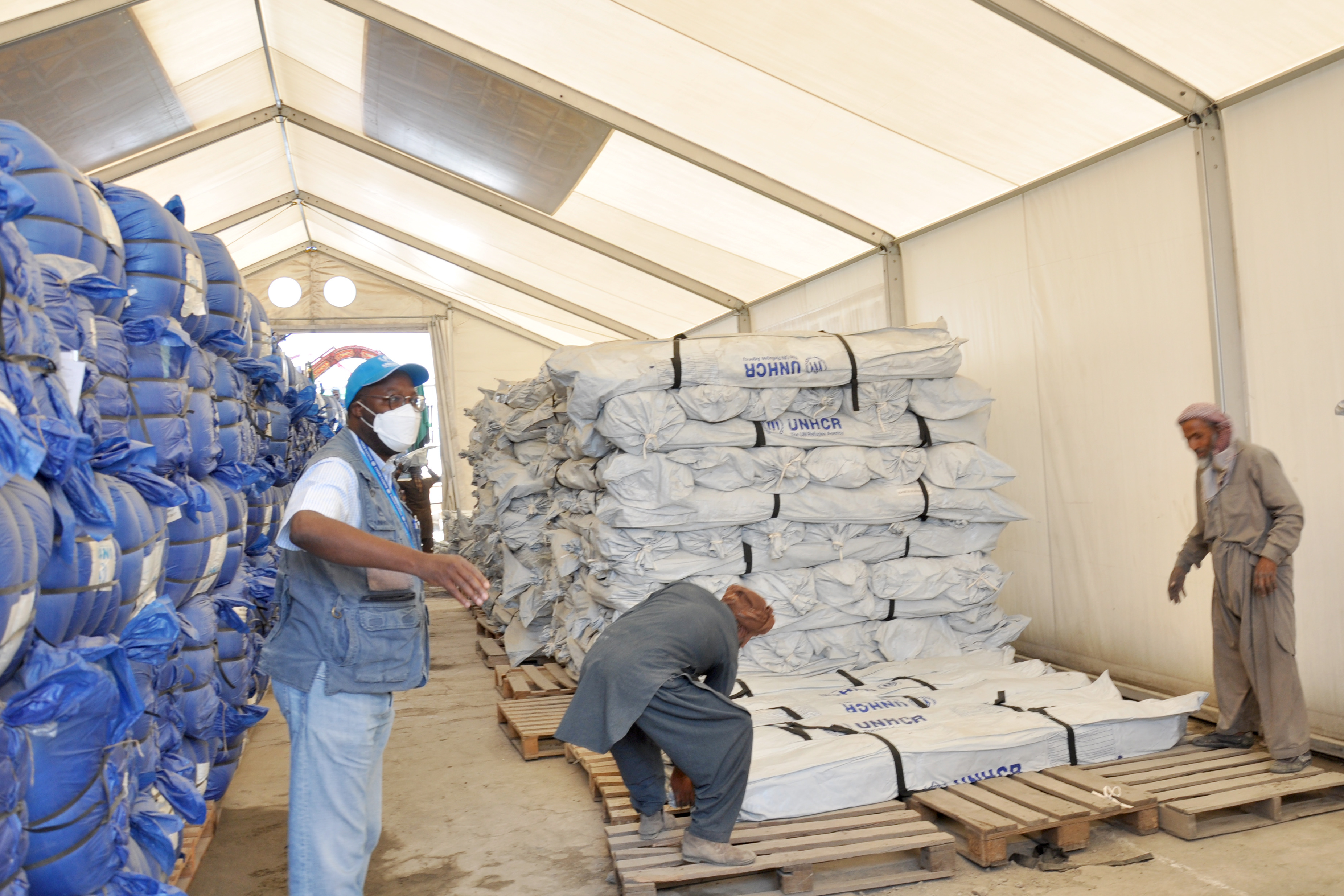UNHCR helps Papuan authorities prepare for natural disasters
UNHCR helps Papuan authorities prepare for natural disasters

PORT MORESBY, Papua New Guinea, April 30 (UNHCR) - Natural disasters are a fact of life in Papua New Guinea. You name it, PNG's got it - volcanic eruptions, cyclones, landslides, earthquakes, tsunamis, floods.
The developing nation, which lies on the "Pacific Ring of Fire," is ill-equipped to cope with nature's wrath. But the UN refugee agency has been taking part in a programme aimed at boosting Papua New Guinea's (PNG) ability to respond to natural and man-made disasters and associated population movements.
UNHCR took part this week in a learning workshop on contingency planning organized by PNG's National Disaster Centre. Staff from the UN Development Programme and the UN Office for the Coordination of Humanitarian Affairs (OCHA) also assisted with the three-day programme, which ended on Thursday.
The event, supported by UNHCR's Japan-based regional centre for emergency training, was attended by senior officials charged with handling disaster management at the national and provincial levels.
They dealt with simulated emergency situations such as a volcanic eruption in eastern Papua New Guinea, spewing clouds of ash and a flood of lava that threatened to engulf nearby villages. The managers had to prepare a response, aware that their decisions would affect the lives of thousands of people.
The 32 participants analyzed hazards, assessed strengths and weaknesses and developed response plans, gaining skills and confidence to conduct the process with local stakeholders back in their respective provinces.
The workshop also provided participants from the provinces with better understanding and enhanced skills with which they can facilitate the process of contingency planning, while also assisting contingency plans to be developed in each of the seven provinces represented at the workshop.
The participants clearly found the exercises and training useful. "If the provincial administrator tells me to write a contingency plan for [volcanic] Karkar Island [in the Bismarck Sea], I am now ready to write it," said Chapau Lili, the district administrator for Sumark in Madang province.
Albert Bogembo, acting provincial disaster coordinator from Popondetta in Oro province, said "this workshop gave us the direction and the way forward to prepare a contingency plan."
The strengthened capacity to conduct planning at the local level is expected to translate into greater preparedness and, ultimately, more effective response for people affected by disasters.
"While contingency planning is less dramatic than search-and-rescue activities or leading a convoy of needed food supplies, in the end it makes all of these activities faster and better coordinated," said Jim Good, one of the course facilitators and an emergency and disaster management expert. "Simply put, contingency planning saves lives."
There are some 10,000 refugees in Papua New Guinea. UNHCR is involved in income-generation projects and other forms of assistance. The agency is also helping the government prepare a policy covering asylum-seekers and refugees.
By Walpurga Englbrecht in Port Moresby, Papua New Guinea








